What grows together goes together. The adage is normally reserved for food and wine pairing, but it speaks as much to the way in which regional cuisines the world over developed based on local, natural resources. Plant-, fruit-, and seed-based oils and even animal-derived shortenings are a way to make the most of what’s available, and they are the basis of many traditional recipes across the globe. Read on to learn how they came to be, how they taste and how to use them.
Olive Oil
From the heart of the fertile crescent and beyond, olive oil is the undisputed king of Mediterranean cuisine. Perfect for sautéing or roasting, for garnishing hummus and baba ghanoush, for drizzling on bruschetta, and for making literally thousands of sauces and salad dressings – olive oil is ubiquitous in this part of the world. Olive trees thrive on the sun-drenched hillsides of the southern Mediterranean, North Africa and the Middle East, so it is no wonder the local cuisine grew up to embrace it.
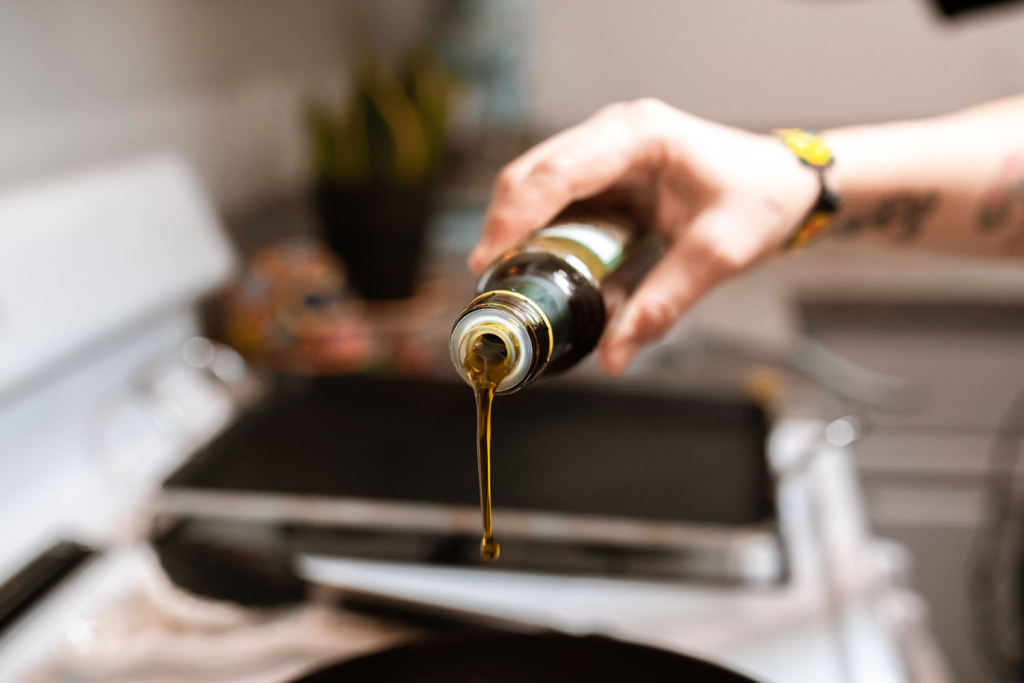
Olive oil varies considerably in colour and flavour depending on a number of factors, starting with the type of olive (or blend of olives) used to produce it; climate, age and filtration also affect the quality of the oil. In its most classic expression, olive oil is rich and earthy, a bit citrusy, and has a golden colour. First-press, extra-virgin oil is brighter green and can be very spicy, grassy and peppery. It’s mostly reserved as a flavouring atop salads, grilled vegetables and seafood, or drizzled on all kinds of breads from crostini to Manaquish Za’atar, whereas the classic and more evenly flavoured oil is used in cooking or baking.
Suet
On the complete other side of the fatty spectrum is suet, made from the fat that forms around the kidneys of cows and mutton. A versatile saturated fat, it is used throughout traditional Irish and English cuisine, especially during the holiday season, in both sweet and savoury recipes. Its relatively high smoke point is ideal for deep frying and baking at high temperatures. In general it lends an earthy quality, as well as adding a flaky crunch to pastry crusts like beef and kidney pie, and a hearty flavour to cakes and other desserts, including Christmas pudding (a rich and spicy fruitcake).
Ghee
Clarified butter is an essential ingredient of Indian cuisine. It is believed to have emerged in the Indus Valley (Northern India) and is made by warming butter until it separates into parts. Any solids are skimmed away along with impurities. In fact, ghee is also used for religious ceremonies, as well as the pure balm base for many natural remedies. It can also be seasoned with spices during the clarification process. Plain or flavoured ghee is the starting point for roasting spices in a pan for curry and popular preparations like spiced Biryani rice. Crispy, flaky puran poli flatbread also gets a fine coating of ghee on both sides.
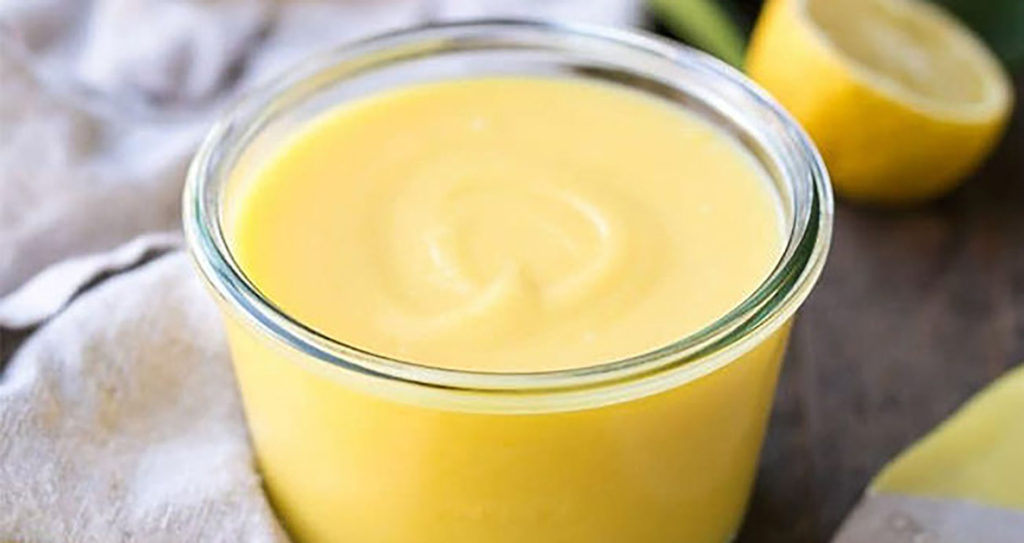
Mustard Oil
Mustard oil is lesser known, but no less important than ghee in recipes up and down the Indian subcontinent. Made from pressed mustard seeds with anti-inflammatory properties, it was likely an Ayurvedic cure before it ever grazed a saucepan. Raw mustard seed oil has a musky, cabbage-like scent, but when heated it mellows out into something earthy and sweet. A high smoke point makes it more versatile, which means mustard oil works not only as a flavouring for pickles and chutneys or samosa filling, but also for sautéing and even pan-frying.
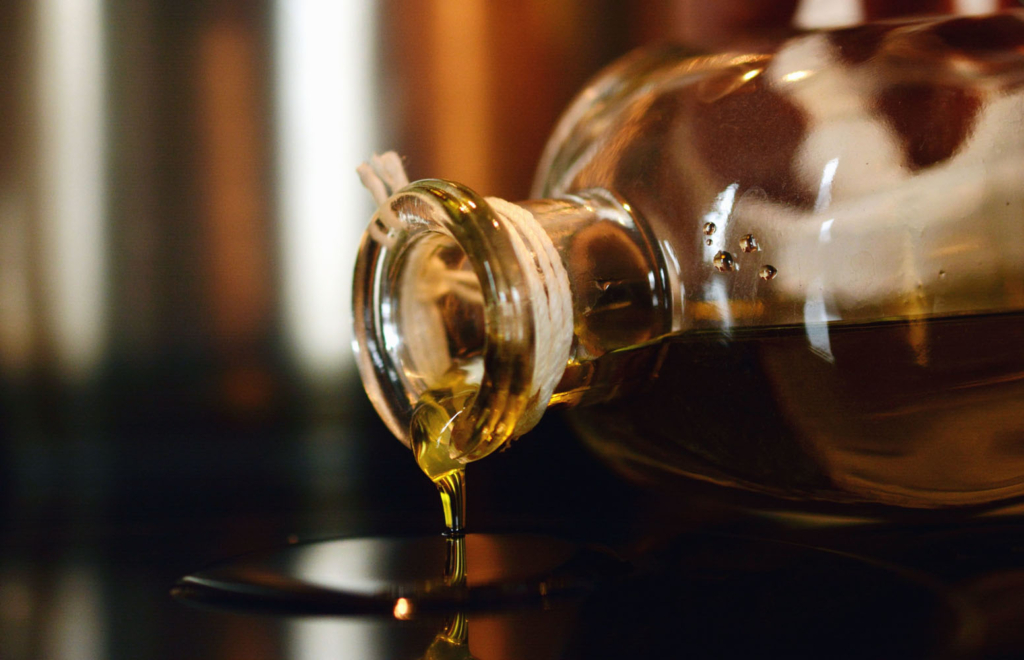
Lard
A staple of the American South, lard is made from pork fat rendered in one of two ways: Wet rendering involves boiling or steaming the fat and then straining it from the water in a centrifuge. This produces a mild, colourless and mostly flavourless shortening with a high smoke point, which makes it versatile for everything from baking to frying. Dry rendering involves simply heating the fat until it liquifies. This yields a darker, deeper and almost caramel-like flavour. It also has a lower smoker point, which makes it more apt for baking. Dry-rendered lard in a pastry crust or cornbread lends a desirable savoury quality.
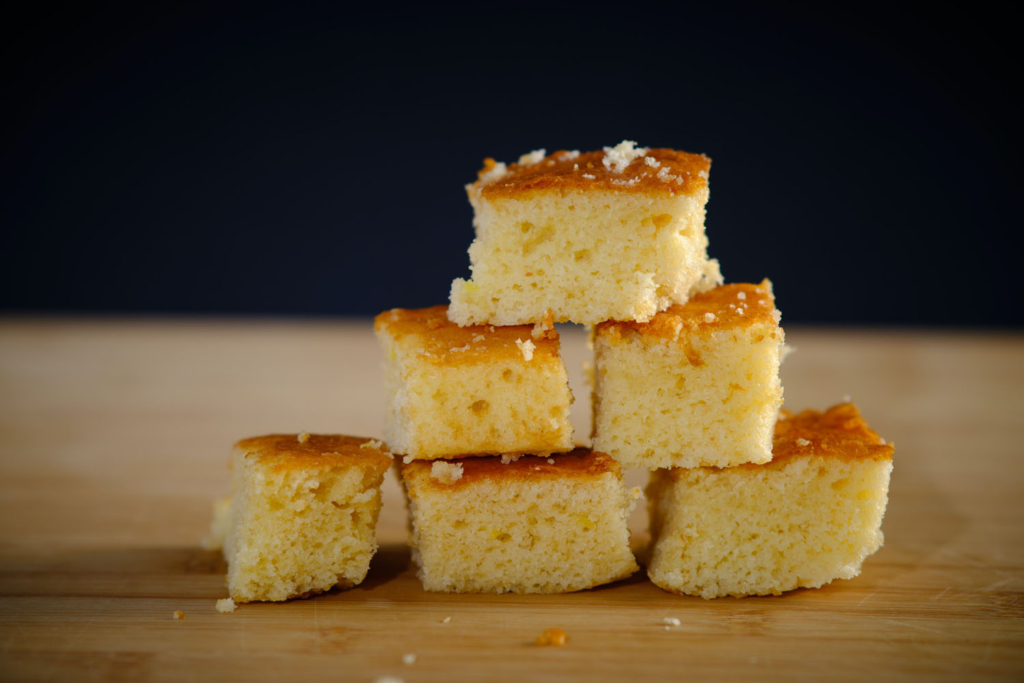
Lard has long been a stand-in for butter throughout Europe and the New World, and is widely utilised in some form across the globe. In Andalusian Spanish cuisine, it’s known as manteca and flavoured with paprika and other spices as a spread for toast. In Italy, slabs of pork fat are seasoned with pepper and rosemary and cured for months in marble boxes. It is then served in thin slices atop toasted bruschetta or featured on charcuterie boards and pizza.
Schmalz
From the German verb for melting, schmelzen, schmaltz is another kosher response to the ever-popular lard, and less expensive to procure than tallow. A poultry-based, rendered fat, mostly made from chicken, goose or duck, it’s used throughout Ashkenazi Jewish cuisine, the Eastern-European branch of the diaspora that heavily influenced American Jewish cuisine. Like lard, schmalz likely gained traction as a way to use up otherwise discarded (and flavourful) fat from poultry skins. Schmaltz shows up in chicken soup, latkes (potato pancakes), chopped liver, and even as a base for frying.
Coconut Oil
In Southeast Asia, predominantly Thailand and Vietnam, coconut palms grow in thickets, and thus coconut oil is abundant. In raw form (manna), it’s solid and more like lard or butter. When clarified, it works like any other oil and imparts a heady, creamy note to the cuisine. Use it to roast spices or sauté, or in place of butter in baking. Coconut oil, alongside ghee, also appears throughout India, Pakistan and Bangladesh, as well as parts of the Caribbean, where it’s used for curries, rice and peas and several types of dessert.
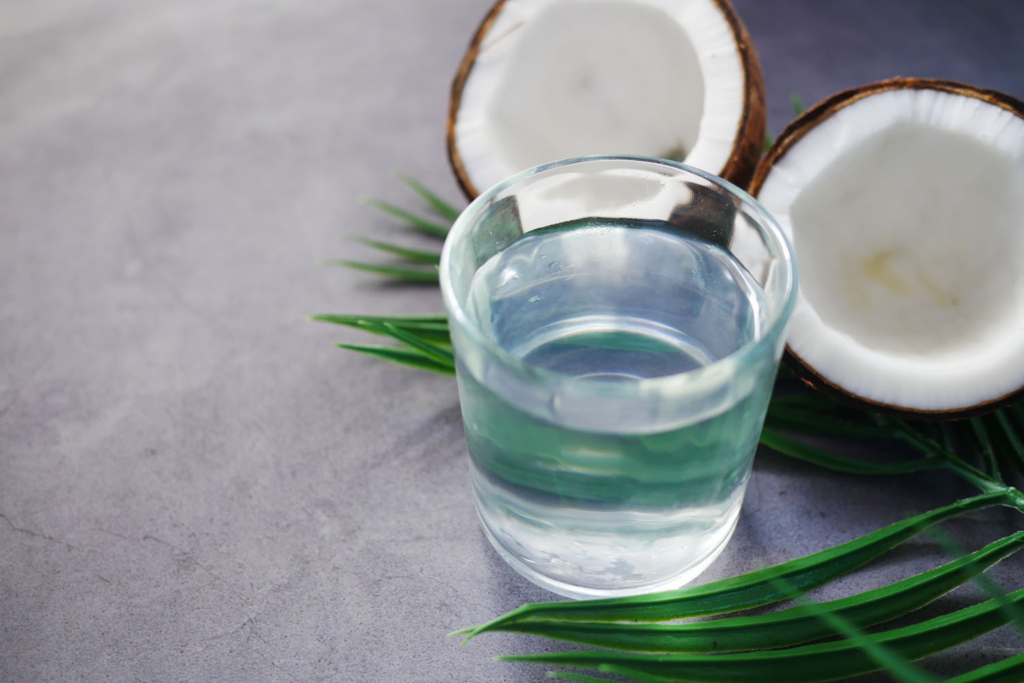
Peanut Oil
Indigenous to South America, the humble peanut has conquered the hearts and fields of much of the world. The legume grows underground and produces an oil-rich seed with an expansive flavour profile that, when roasted and pressed into oil, is both earthy and grassy. It also has a very high smoke point, which makes it a great choice for pan frying and deep frying. China is currently the world’s largest producer of peanut oil, and the plant thrives in the tropical subtropical regions of the country. In Chinese cuisine, it’s used often alongside sesame oil for stir-frying and pan frying in a wok over very high heat. Roasted peanut oil can be more expensive to produce, so many Chinese recipes work just as well with canola or soybean oil, but there’s no denying the depth of flavour peanuts provide – so swap some in next time you’re in the kitchen.
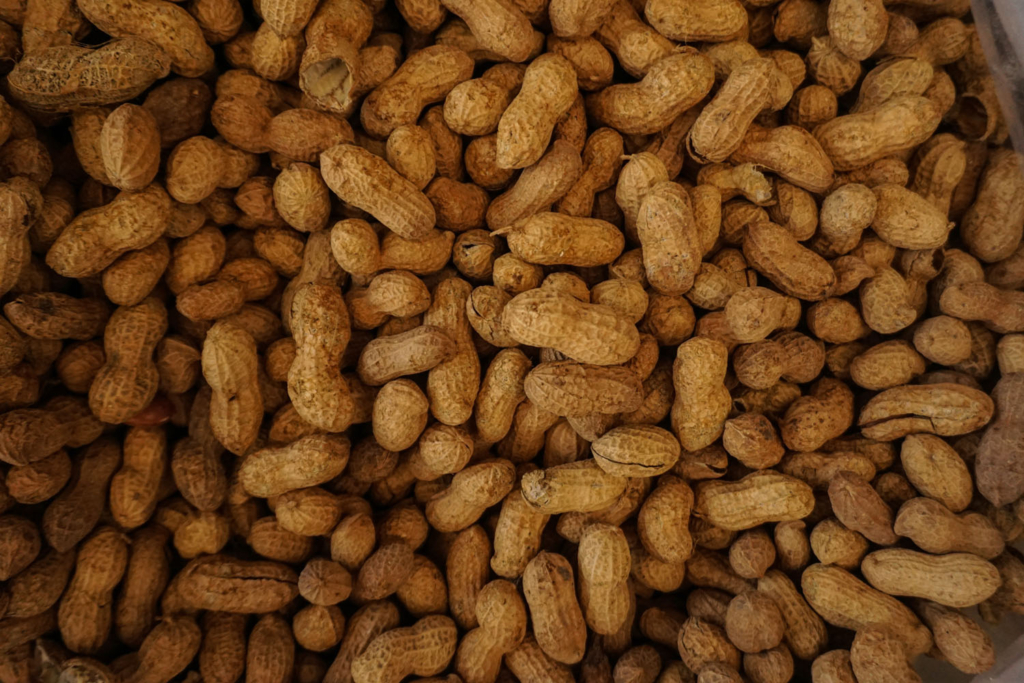
Red Palm Fruit Oil
Not to be confused with the highly refined, mass-produced and currently maligned palm oil, red palm oil, or dendê, is made from the red-coloured fruit of the tree, as opposed to the kernel. It’s pervasive in West African cuisine, as well Afro-Brazilian (specifically Bahian) cooking. The oil is reddish in colour, hence its name, and has a violet floral aroma, green and earthy, and tastes similar to olive oil. It’s used as much for its vibrant colour as it is for flavour in dishes like Nigerian red jollof rice or moqueca, a Brazilian fish stew cooked in terra cotta.
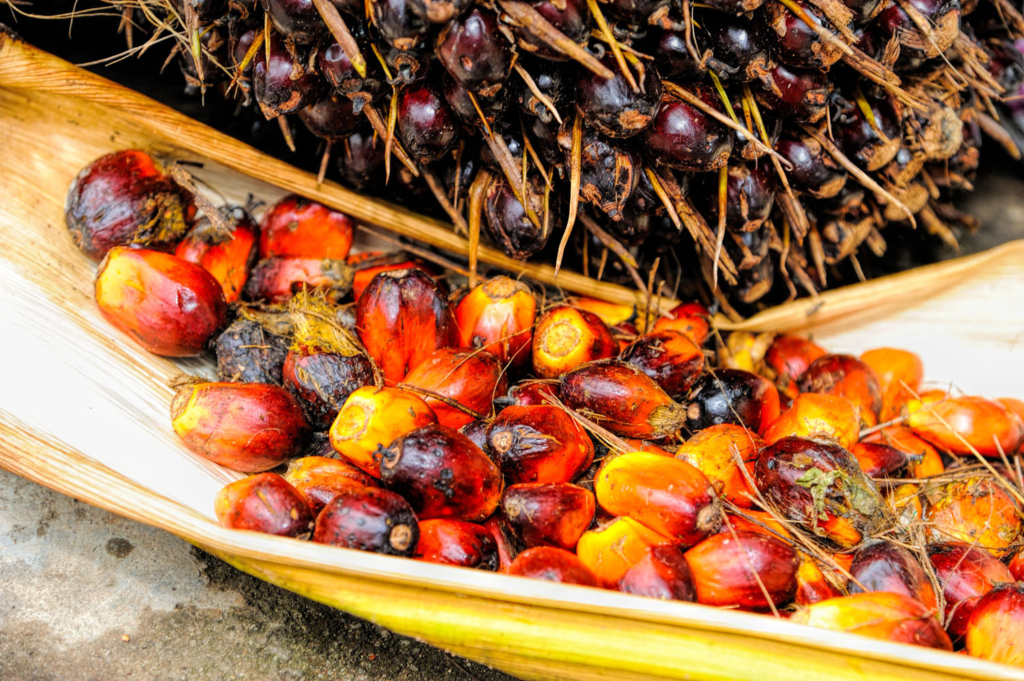

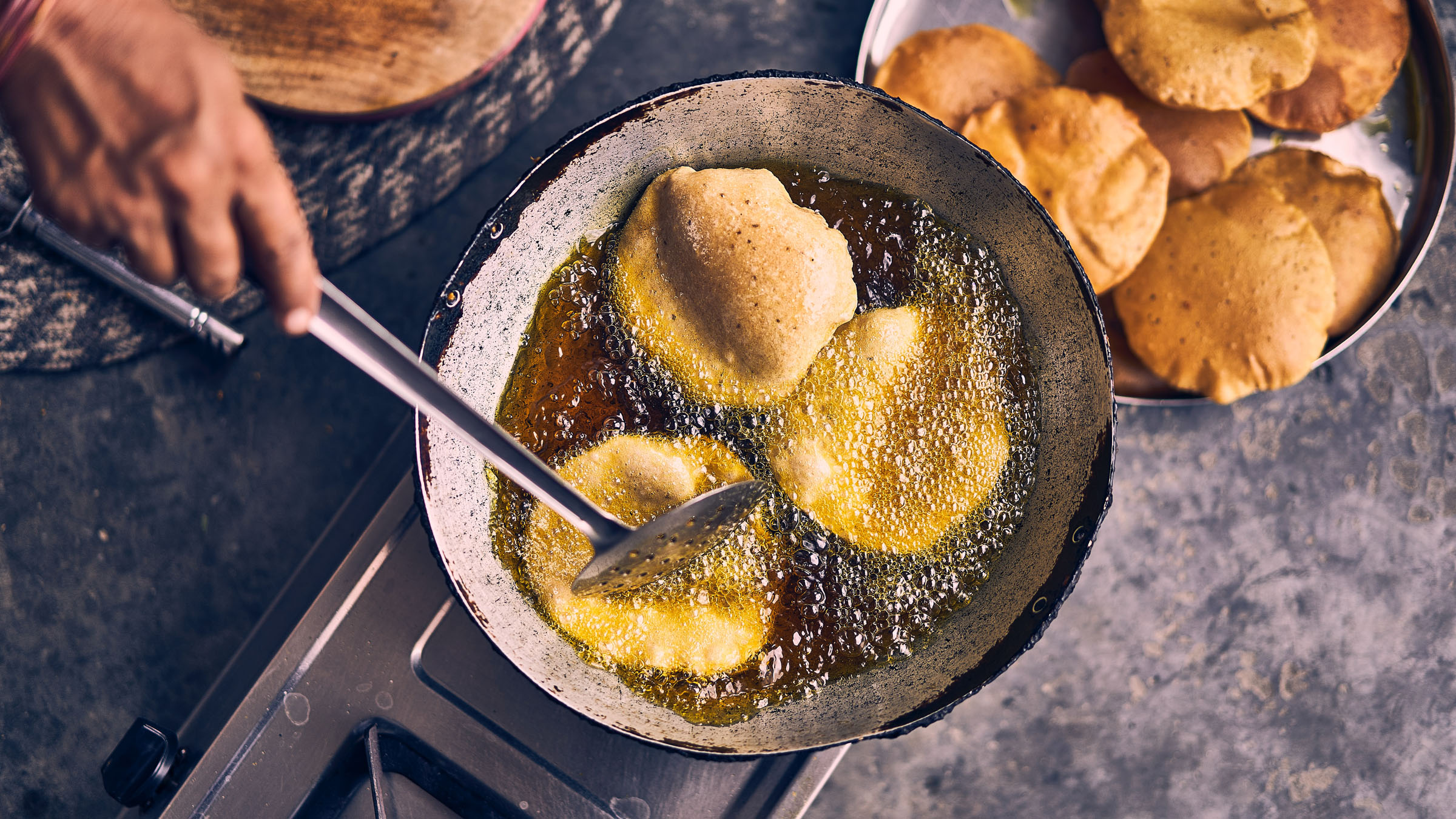






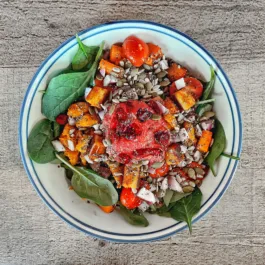

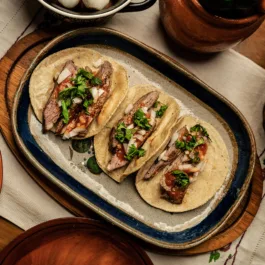
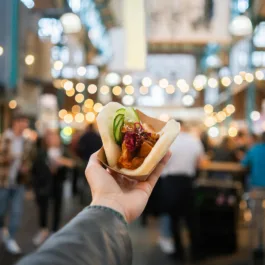
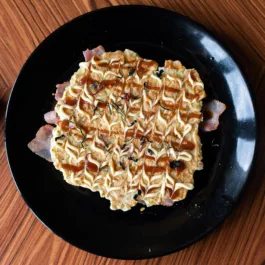
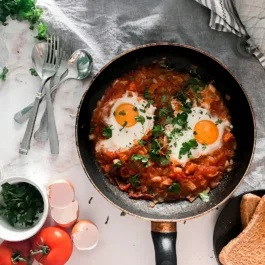
Sorry, the comment form is closed at this time.